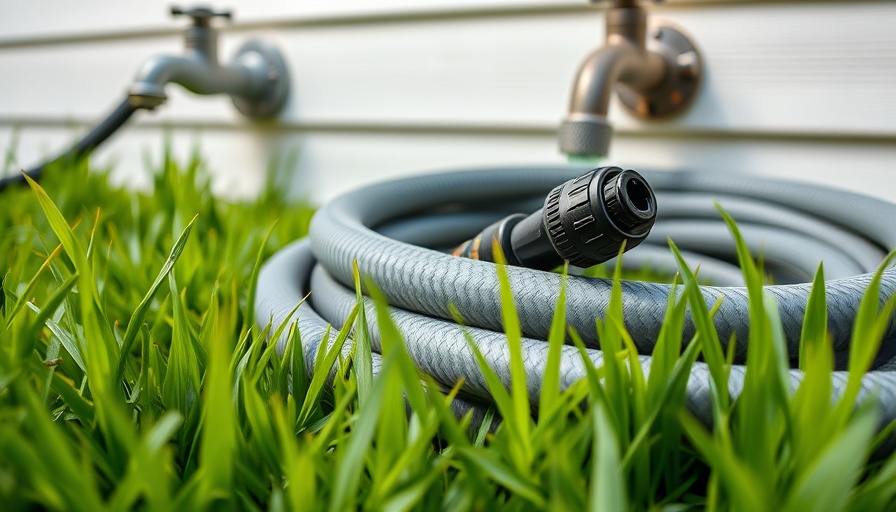
Unveiling the Truth Behind Spraying Your House
As we inch deeper into summer, the search for effective methods to mitigate the scorching heat intensifies. One technique that has garnered attention is the practice of hosing down the exterior of homes to create a cooler indoor environment. But is this strategy a clever innovation, or merely a waste of water? To navigate this heated debate, let’s delve into the science and prevailing perspectives.
How Does Spraying Work?
Spraying water on your house can induce evaporative cooling, a phenomenon where water transforms into vapor and absorbs heat from surrounding surfaces. This can temporarily cool off the house, but various factors including the material of your home's exterior and the local climate significantly affect its effectiveness. For instance, while a brick exterior might retain cooler temperatures longer than a metal facade after being hosed down, results may vary widely based on geographical location.
Considering Environmental Impact
Despite the allure of immediate relief from the heat, the environmental implications are critical. Water scarcity is a pressing issue in many areas, and using it unnecessarily to cool homes could aggravate this problem. Moreover, building regulations in drought-prone regions may restrict excessive water usage for non-essential tasks. It raises the question: is the temporary satisfaction worth potential long-term consequences?
Future Considerations and Sustainable Alternatives
As the world grapples with climate change and increased temperatures, exploring sustainable alternatives is essential. Innovations in reflective roofing materials and energy-efficient cooling systems present far more sustainable solutions compared to hosing down houses. By investing in these technologies, homeowners not only protect the environment but also improve their long-term energy savings.
Conclusion: Insights for Property Owners
Understanding the implications of hosing down your house during heat waves is vital for property management practices. While it might seem an appealing quick fix, weighing its effectiveness against long-term environmental impacts presents a case for adopting smarter, more sustainable cooling solutions. As commercial spaces look to reduce energy consumption and attract eco-conscious tenants, embracing more lasting methodologies should be at the forefront of their strategies.
 Add Row
Add Row  Add
Add 




 Add Row
Add Row  Add
Add 
Write A Comment